How to Choose the Right Online Privacy Tools for Your Needs
In a world where your personal info is constantly online, protecting your privacy matters more than ever. From social media to shopping, your data is at risk without the right tools. This guide will help you choose the best online privacy tools for your needs, keeping you safe and secure.

What Is Online Privacy?
Online privacy means keeping your personal details and online actions safe from prying eyes. This includes your search history, emails, and even where you are when you browse. Without protection, hackers, companies, or even governments could peek into your life.
To stay safe, you need online privacy tools. These can hide your location, lock up your data, and stop trackers from following you around the web. Think of them as your digital bodyguards.

Why You Need Online Privacy Tools
Every day, you share bits of yourself online—your name, address, or even what you like to buy. Without protection, this info can be grabbed and used in ways you wouldn’t want. For example, a study from the University of Cambridge shows how easily social media data gets scraped.
Online privacy tools stop this by scrambling your info and hiding your tracks. Whether you’re on your phone or a public Wi-Fi at a coffee shop, these tools keep you covered.
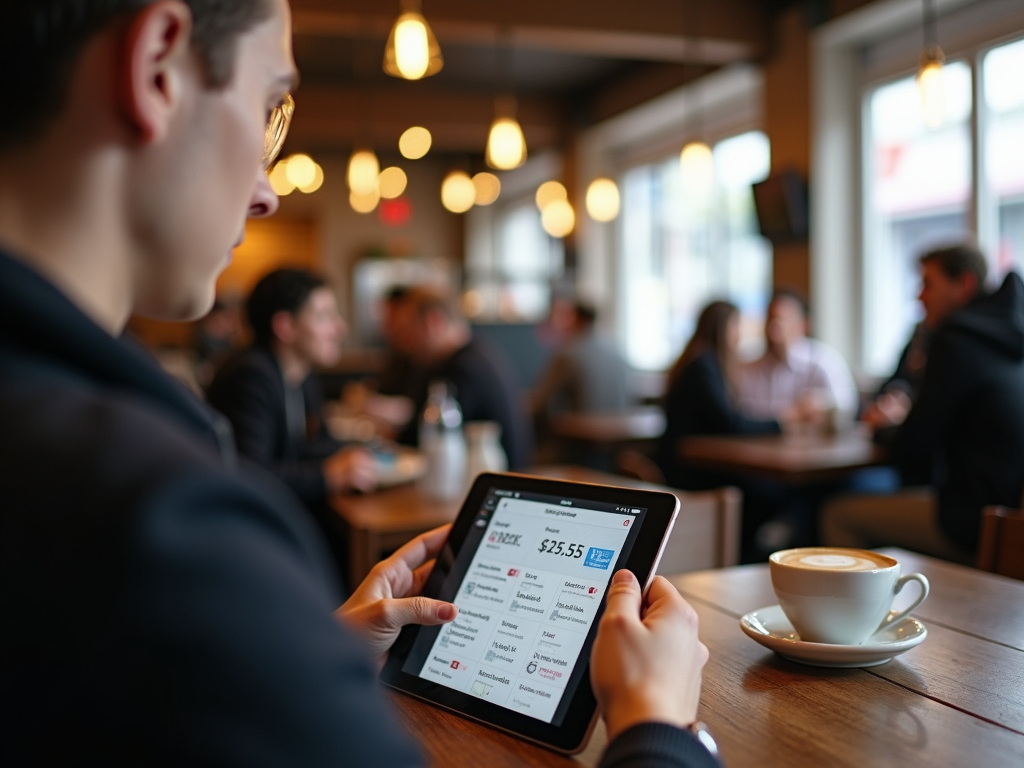
Types of Online Privacy Tools
There’s a tool for every privacy need. Here’s a quick rundown:
- VPNs: These hide your location and lock up your connection. Great for travel or public networks.
- Privacy Browsers: Tools like Brave block ads and trackers automatically.
- Search Engines: DuckDuckGo keeps your searches private, unlike Google.
- Password Managers: Apps like 1Password store strong passwords so you don’t reuse weak ones.
- Encrypted Email: ProtonMail locks your messages so only the receiver can open them.
Each one tackles a different risk, so you might need more than one.
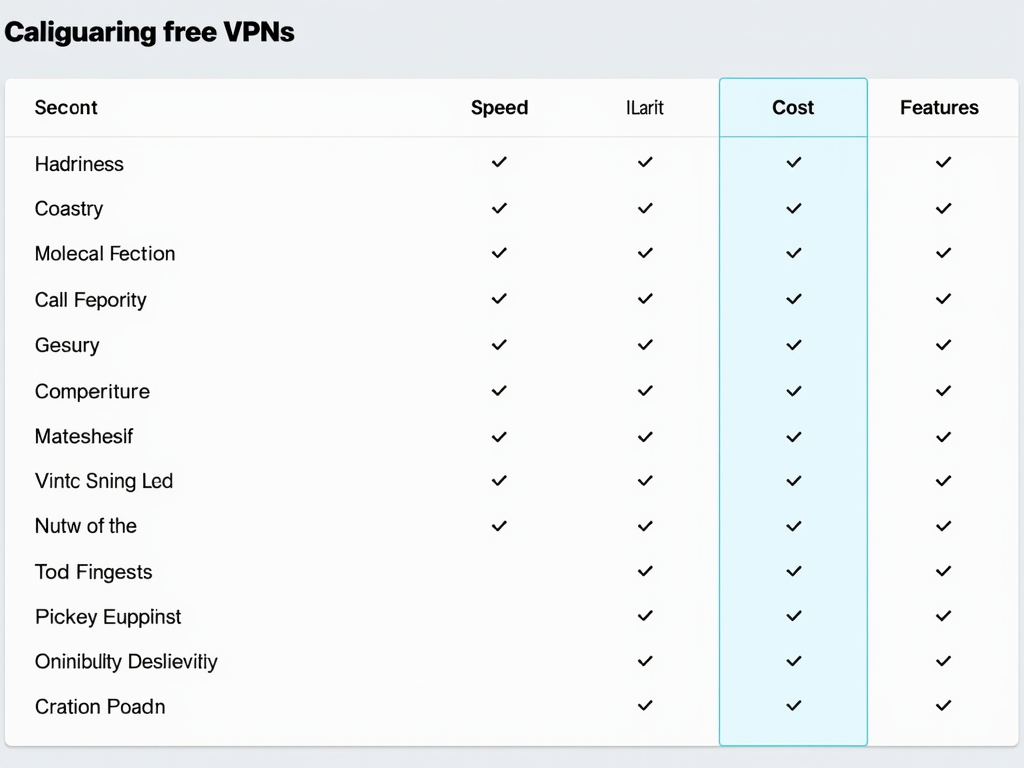
How to Choose the Right Tools for You
Picking the right online privacy tools isn’t one-size-fits-all. Here’s what to think about:
- What Do You Need? Want to hide your browsing? A VPN or Tor works. Need safe emails? Try encrypted options.
- How Easy Is It? If tech confuses you, pick tools with simple setups—like NordVPN’s clean app.
- How Much Can You Spend? Free tools exist, but paid ones often give more protection.
- Can You Trust It? Check reviews and audits. The Electronic Frontier Foundation lists trusted options.
- Does It Work on Your Stuff? Make sure it runs on your phone, laptop, or tablet.
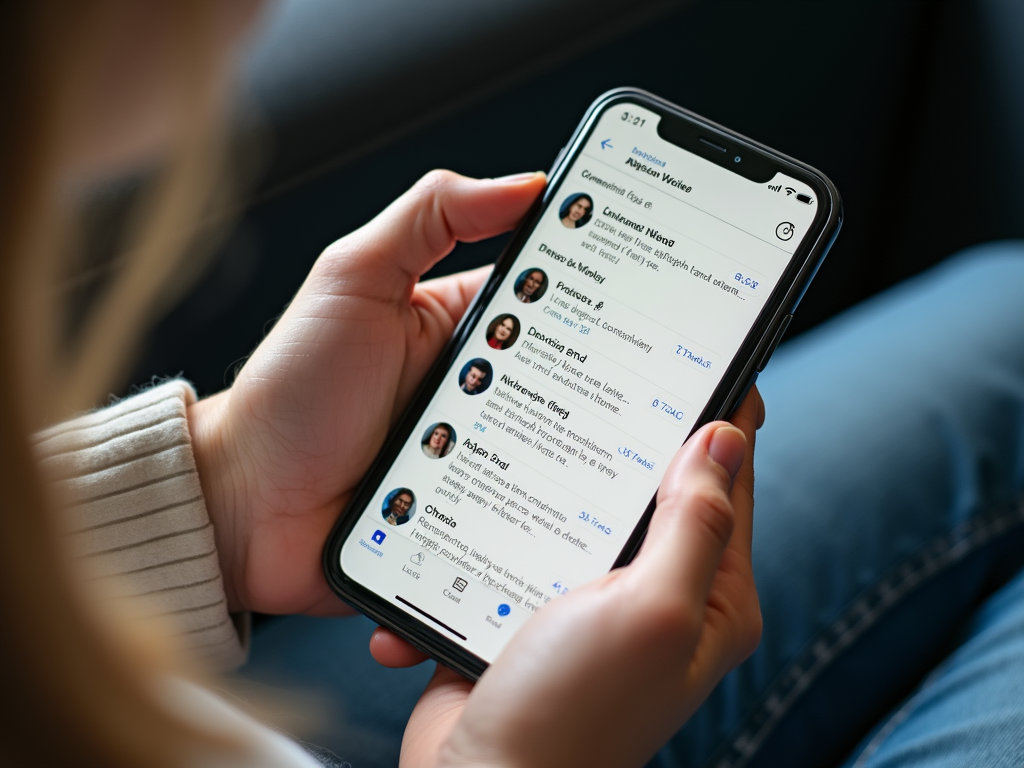
My Experience with Online Privacy Tools
I’ve tested a bunch of these tools myself. A few years back, I started using NordVPN after a friend’s account got hacked on public Wi-Fi. It’s fast, and I like how it hides my location when I travel. I’ve also tried Tor for super-private browsing, but it’s slow for everyday use.
For emails, ProtonMail’s been a game-changer. I feel safer knowing my messages are locked tight. And I swear by 1Password—it’s saved me from reusing passwords, which I used to do way too often.
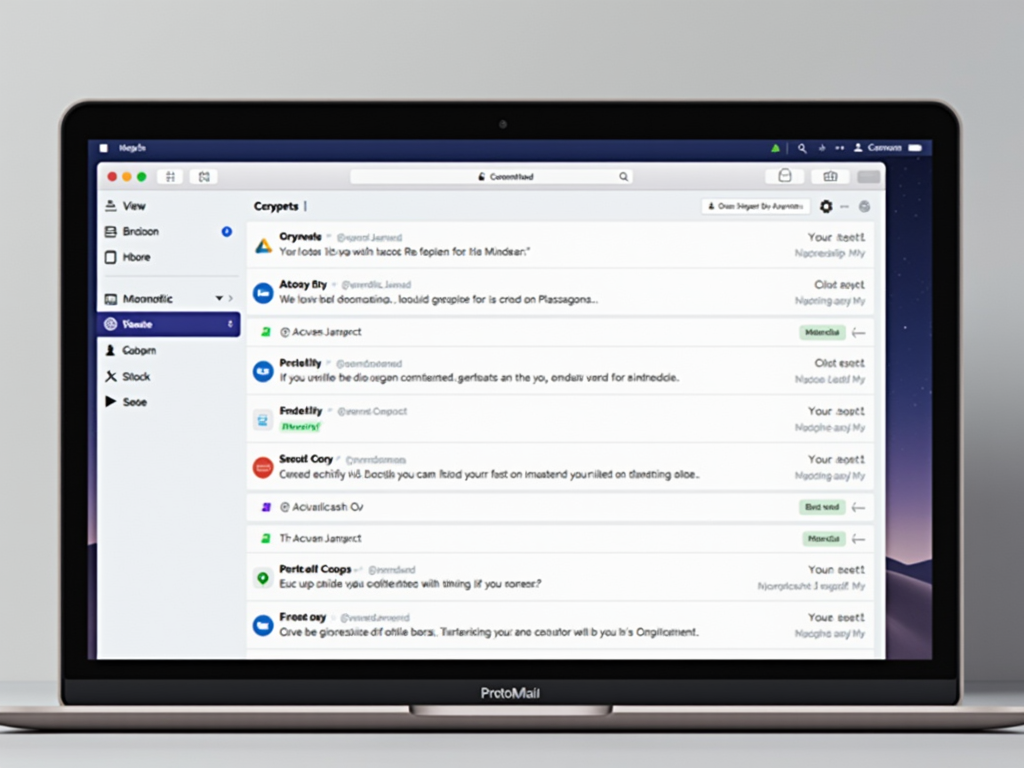
Common Mistakes to Avoid
It’s easy to mess up when picking tools. Don’t go for the cheapest VPN without checking if it’s secure—some sell your data instead of protecting it. Also, don’t assume one tool does everything. A VPN won’t save weak passwords. And keep your tools updated—old versions can have holes hackers exploit.

Extra Tips for Staying Private
Tools alone aren’t enough. Use strong, unique passwords—don’t repeat them. Turn off location tracking on apps you don’t trust. And check privacy settings on social media. A report from Pew Research found most people feel lost about privacy—don’t be one of them. Take control.
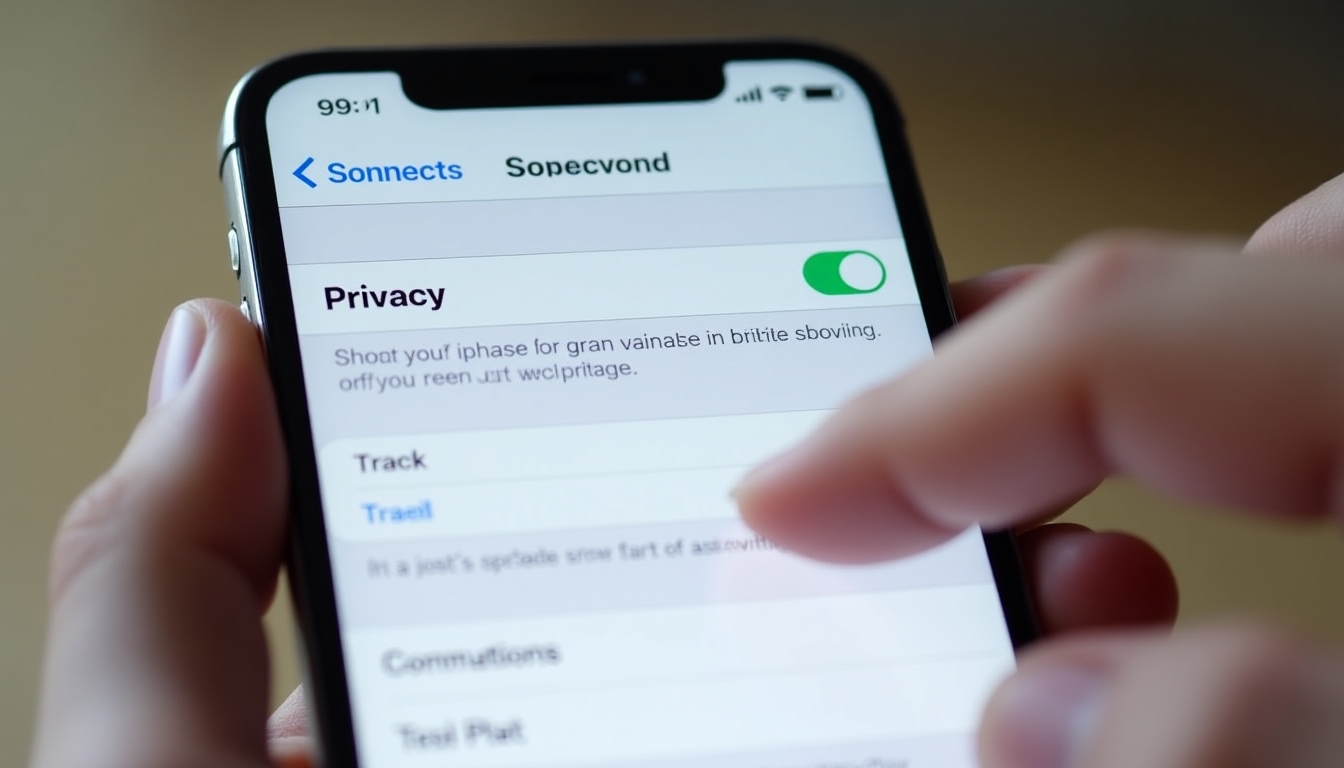
Wrapping It Up
Choosing the right online privacy tools for your needs takes a little thought, but it’s worth it. Figure out what you want to protect, pick trusted tools, and stay on top of updates. With the right setup, you’ll feel safer online—whether you’re shopping, chatting, or just browsing.
The web can be a wild place, but you don’t have to leave your privacy up to chance. Start small, experiment, and build your own digital shield.